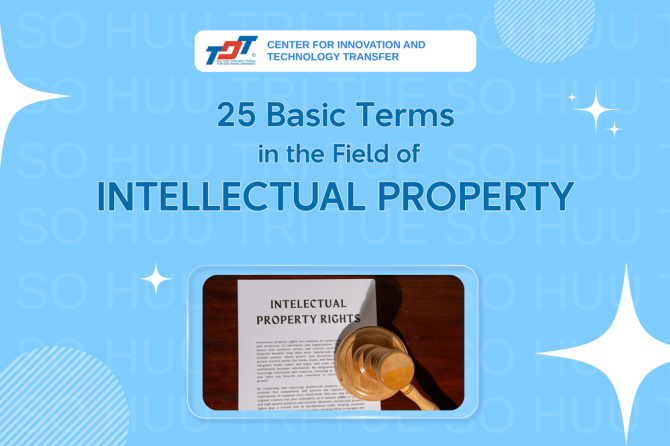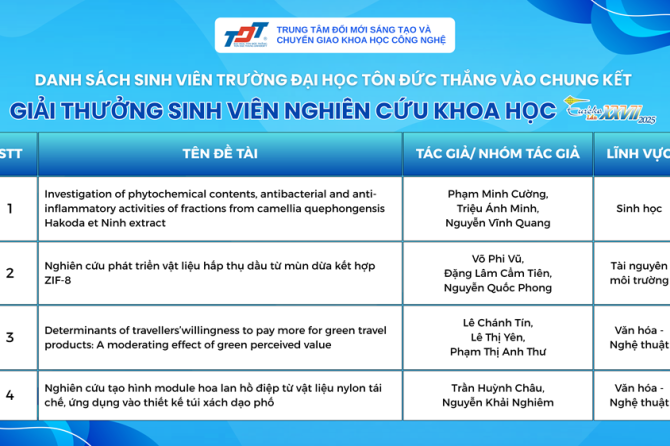Application of Artificial Intelligence in Learning and Meeting with CITT Expert at “A, You’re Here” (HTV Kids)
In the context of rapid digital transformation, artificial intelligence (AI) is gradually becoming an indispensable tool in many areas of life, from economics, healthcare, artistic creativity to education. Particularly in learning, AI not only helps students save time and optimize access to knowledge, but also opens up new, more intuitive and creative ways of learning.

To give students a practical perspective on modern AI applications, the program “A, You’re Here” by HTV Online featured a conversation with Mr. Tran Duc Su, MSc – Deputy Director of the Center for Innovation and Technology Transfer (CITT), Ton Duc Thang University. At the event, he introduced several outstanding AI tools that can become “powerful assistants” in studying and research.
🔗 Watch the full program here: A, You’re Here! | AI Supporting Learning I | HTV Kids
During the talk, Mr. Tran Duc Su highlighted 3 typical AI tools that support learning:
1. Gamma AI - Automatic Presentation Creation Tool
Gamma AI helps learners transform raw content into complete presentation slides in just a few minutes. Its standout features include clear, concise, and visually appealing presentations with various professional design styles. Students can focus on ideas and content instead of spending too much time on formatting.
5 steps to create professional slides with Gamma AI (free):
- Step 1: Register and access Gamma AI [here]. Create an account via email or social media to enter the slide design interface.
- Step 2: Enter the title and main points. Gamma AI will automatically analyze and create slides based on the information you provide.
- Step 3: Choose a design template in a suitable style (modern, minimalist, classic, etc.).
- Step 4: Adjust content, images, colors, fonts; add charts or data tables as needed.
- Step 5: Export as PDF/PowerPoint or share online via a link.
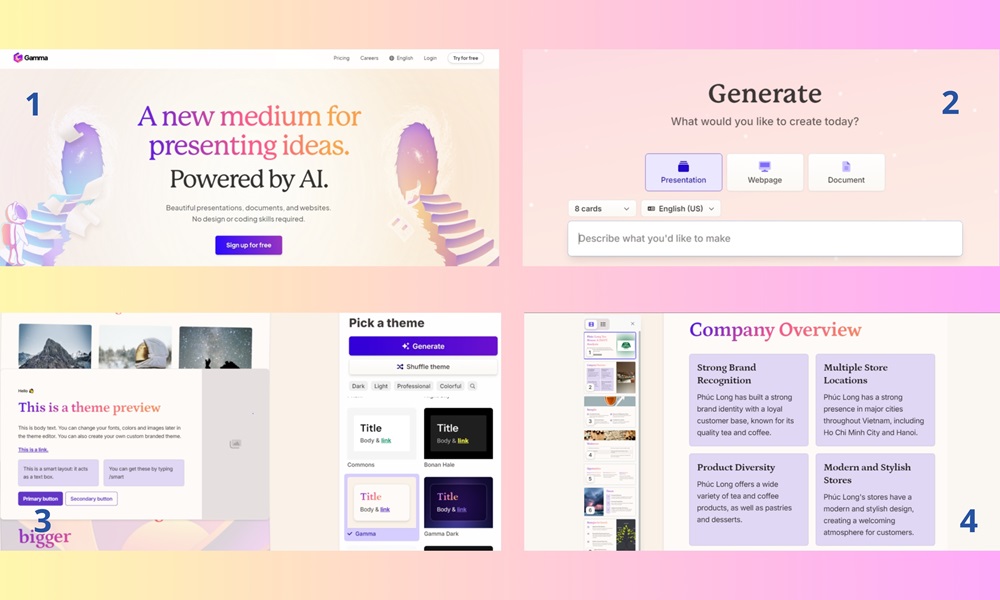
2. Napkin AI - Knowledge Mapping and Modeling Tool
Napkin AI helps turn long and complex lessons into mind maps and visual diagrams. This is a useful tool for faster memorization and for understanding connections between key ideas in lessons. It is especially suitable for subjects requiring analysis, comparison, and synthesis of ideas.
9 steps to create knowledge maps with Napkin AI (free):
- Step 1: Go to the Napkin AI homepage [here] > Click Try for free.
- Step 2: Log into your account > Confirm login information to proceed.
- Step 3: Click Create my first Napkin to start creating illustrations with AI.
- Step 4: Select By pasting my text content to paste the text or article you want to illustrate.
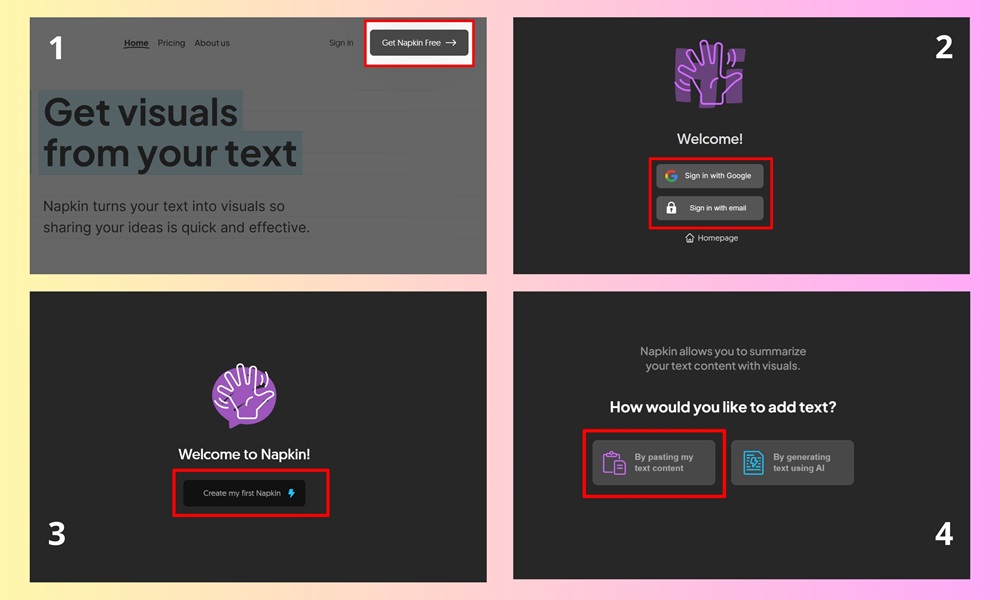
- Step 5: Paste your text into Napkin AI to generate illustrations.
- Step 6: Move the cursor to the beginning of your text > A small icon will appear, click it to let Napkin AI work.
- Step 7: Napkin AI will analyze and generate appropriate diagram illustrations. You can adjust them in the left-hand toolbar.
- Step 8: After editing to your liking, click the arrow icon to download the illustration.
- Step 9: Select the desired file format and download the illustration.
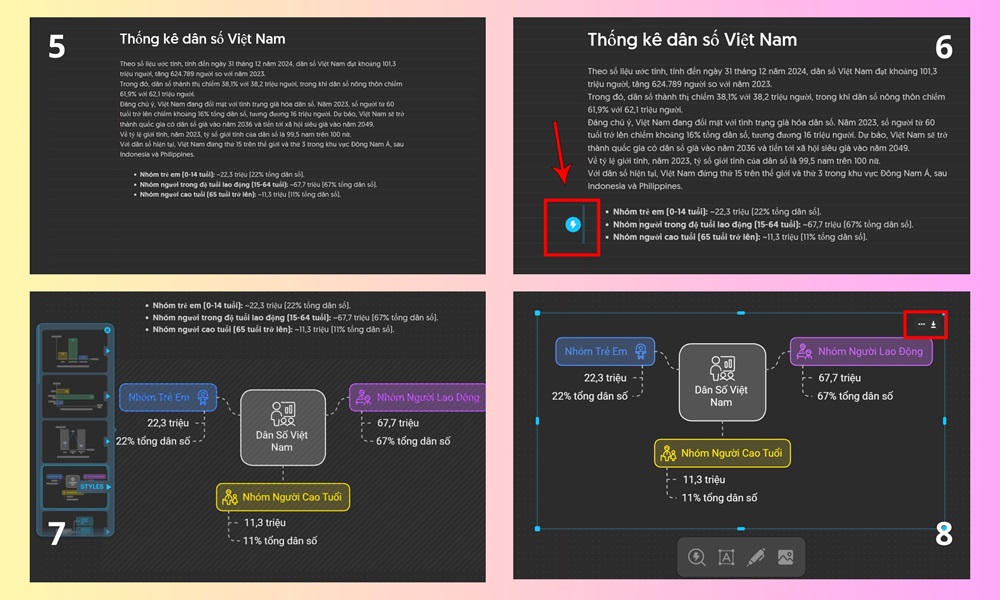
3. Tripo3D AI - Create 3D Models from Text and Images
Tripo3D AI provides a vivid learning experience by converting text descriptions or images into 3D models. This tool is especially useful for fields such as architecture, design, engineering, and materials, helping students visualize abstract concepts more clearly, thereby stimulating creativity and spatial thinking.
5 steps to use Tripo3D AI (free):
- Step 1: Access Tripo3D AI [here]. Register or log in.
- Step 2: Select Create 3D model.
- Step 3: Choose to convert image/text to 3D, then upload the image and description you want to create or edit.
- Step 4: Click the Generate icon to create a 3D image. You can also adjust other features: Texture: Apply materials from images or prompts, supports PBR; Rigging: Add skeletons for animation; Stylization: Transform styles (Lego, Voxel, Figurine, etc.).
- Step 5: Export the model. You can select formats such as OBJ, FBX, GLB, STL… for use in games, 3D printing, or other pipelines.
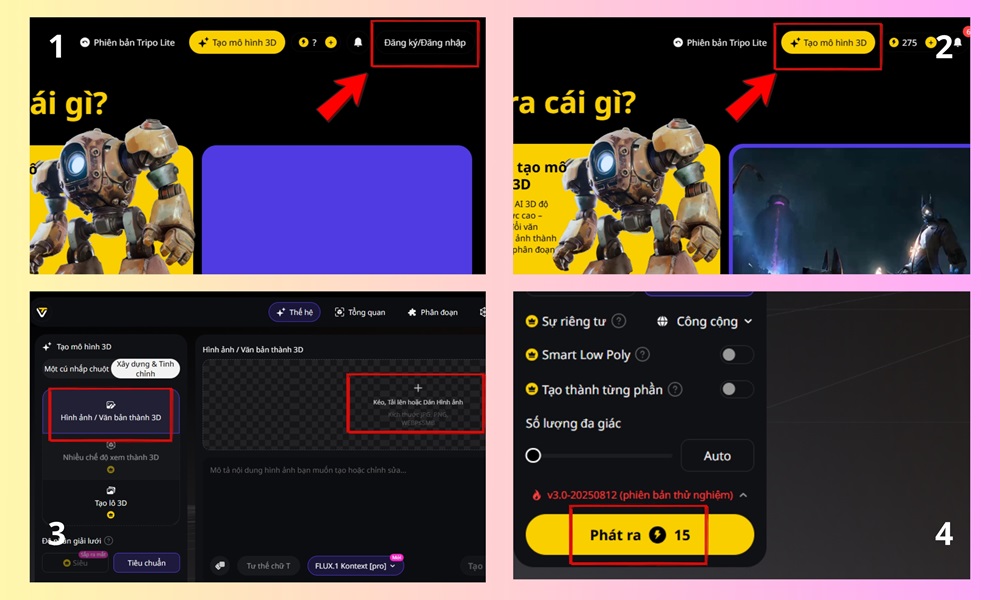
Advice on Using AI in Learning
During the program, Mr. Tran Duc Su emphasized: besides its outstanding benefits, students should use AI responsibly, transparently, and with the right purpose. AI is only a supporting tool and cannot fully replace human thinking and creativity. Learners need to practice analysis and critical thinking, while also filtering information carefully to avoid over-dependence on technology.
The talk at HTV Kids not only provided students with specific tools to apply in learning, but also delivered an important message: AI can become a companion in the journey of knowledge acquisition—if we know how to use it wisely and responsibly.
On the occasion of the new school year, the Center for Innovation and Technology Transfer wishes all students to maintain their eagerness to learn, harness the power of technology to improve learning efficiency, keep creating, and be ready to integrate into the digital era.



